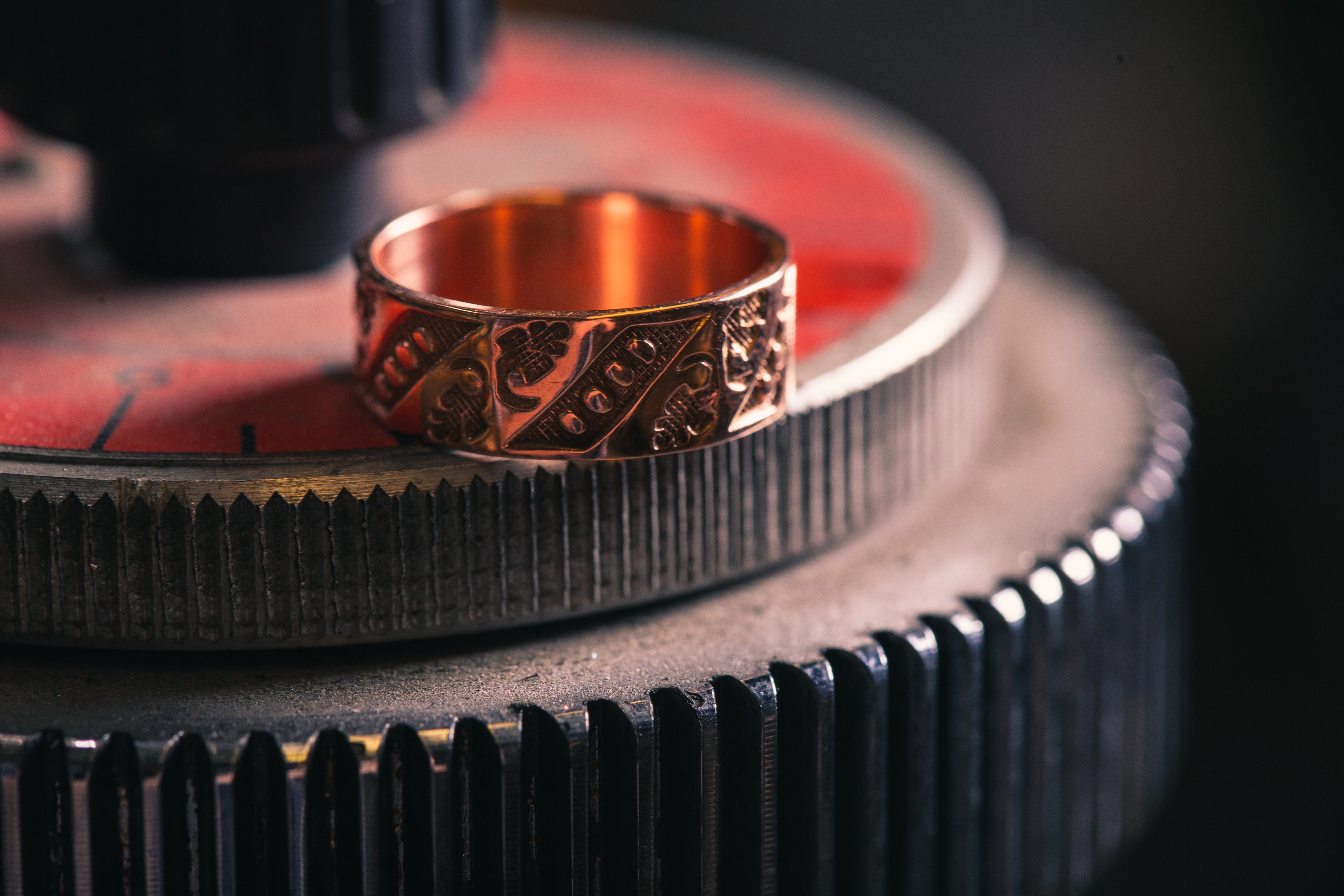What We Offer
HUGO KOHL Jewelry performs a range of jewelry services to our clients. From simple repairs to complicated restorations and custom designs, our goldsmiths promise to provide a quality, bespoke experience. (But don’t just take our word for it! See what our customers are saying)
Our On-Site Services Include
Gold, Silver & Platinum Buying - Immediate Payment
Gold, Silver & Platinum Repairs
Antique Restorations
Ring Sizing & Re-shanking
Tip and Prong Repairs
Clasps & Catches
Chain Repairs
Engraving
Stone Settings
Custom Fabrications
Address
217 S. Liberty St. #103
Harrisonburg, VA 22801
Contact Us
Phone: (540) 574-4306
Email: contact@hugokohl.com
Hours
Sunday - Monday: Closed
Tuesday - Friday: 11:00am to 6:00pm
Saturday: 10:00am - 2:00pm

